Reiki is arguably one of the most well-known (even if you don't know what it is, you have probably heard of the word) and popular types of energy healing modalities currently practised.
However, it can be confusing when trying to understand what Reiki is, and gaining clear information can be frustrating. This is partly due to the wide variety of Reiki available, which is wonderful. This blog post aims to help you answer the question, what is Reiki?
Keep reading to learn:
What Is Reiki?
It is essential in trying to understand what Reiki is to know that Reiki has two meanings depending on how you use the word:
- Reiki energy, and
- Reiki practice.
So depending on how you use the word, Reiki is either a type of energy or a specific practice that gives you structure and techniques to access and use the Reiki energy.
What Is Reiki Energy?
Reiki is Universal Life Force energy that sustains all of life. Reiki energy is everywhere and is part of everything around you. It is you.
It may be helpful to understand the meaning and origin of the word Reiki to get a better idea of the meaning of Reiki energy.
What Does The Word Reiki Mean?
Reiki comprises the Japanese words Rei (pronounced 'ray') and Ki (pronounced 'key').
The closest translation of 'Rei' would be 'universal' or 'spiritual wisdom'. 'Ki' translates as 'life force energy' and is very similar to the Chinese word 'Chi'. Ki is the energy of life.
With this understanding, you can see that Reiki energy means Universal Life Force Energy.
What Are The Qualities Of Reiki Energy?
Sensing what energy feels like or what the energy's qualities are, is always a personal perspective.
You are a unique being who will perceive energies differently and uniquely different experiences.
This is essential to be aware of when trying to understand the qualities of energy when someone else describes it. The description is how they perceive the energies, which may not be how you perceive them.
With this in mind, most Reiki practitioners sense Reiki energies as being clearing (capable of clearing non-serving energies), active and extensive. Often you may feel a tingling sensation throughout your body.
Therefore, Reiki energies have a wide range of potential applications, making them incredible energy to consider for most requirements. This is one of the reasons why Reiki is so popular.
Other energies will have different energetic qualities a feel different in comparison though.
Reiki Energy Is Intuitive
You may read that Reiki energy is intuitive. This means that the energies will provide what is necessary at any given time.
In addition, Reiki energy seeks to bring balance, so when activated, the Reiki energies will always seek this, making them appear intuitive.
You do not need to direct the energies to provide the best outcome. Often, the best approach is to activate the energies and allow the energies to flow and do what they need to do.
This makes working with Reiki energy so easy for beginners, as you can just let the energies do the work without having to micromanage or direct the energies in a specific way.
Can You Access Reiki Energy Without Learning Reiki Practice?
Yes, you can access Reiki energy without learning the specific practice of Reiki or being a Reiki Master. Reiki energy is universal energy, which means it is available to anyone, all the time, without any restrictions.
The best way to access Reiki energy without learning Reiki practice is to use your intention; however, this does take practice.
To make this easier, some Reiki attunements (energetic tools) aim to give access to Reiki energy without using Reiki practice.
What Is Reiki Practice?
Reiki is a simple technique that aims to allow you to connect with and use the Universal life Force in a structured way to relieve stress and bring about healing and potential transformation to your life.
Reiki is also part of energy healing and spiritual practice. Reiki is one of many different types of energy work, energy healing practice and modality; however, it is arguably the most recognisable and known.
Who First Created Reiki Practice?
A Japanese Buddhist practitioner called Dr Mikao Usui developed the original Reiki system of healing practice in the early 1900s. His surname is still part of the more traditional Reiki practice he created.
The more traditional Reiki practices that take from his original Reiki practice formula and structure established by Mikao Usui are referred to as Usui Reiki.
However, there are many different versions of Usui Reiki, as all Reiki practice evolves and changes over time.
Despite the founder's background, Reiki is not a religion and requires no particular faith or belief system. It is non-denominational and can be used in conjunction with any belief system or none.
All you need to practice Reiki is openness and willingness to access the energies.
Is Reiki An Ancient Practice?
As developed and presented by Mikao Usui, Reiki practice is not ancient. Instead, it was established at the turn of the twentieth century and has evolved since then.
However, having discovered information in Buddhist Sanskrit texts from Tibet, it is clear that Universal Life Force (Reiki energy) has been used for healing since ancient times.
So you could say using Reiki energy is an ancient practice; however, Reiki practice, as developed by Mikao Usui, is not.
For some reason seeking an ancient healing practice seems to be a common desire, especially among those starting.
I think this is because some practitioners feel it may give their practice more validity or provide false credibility to what they are practising.
All practice and energy healing may have spiritual and personal development benefits. However, ancient practice does not mean it is better or gives your practice more validity.
It would be best if you always practised the way that resonates with you.
Why Has Reiki Practice Evolved?
Any practice changes and evolves, and Reiki practice is no exception. Each practitioner is unique, with a unique perception and understanding of energy.
This means that with time a practitioner starts to describe energies and practice from their viewpoint. This changes the structure and also the nature of the energies that are accessed.
Of course, there are also specific and deliberate changes to the structure of Reiki practice. While there is very little verified information about the original structure of Usui Reiki, it is said and widely believed that the very first version of Usui Reiki did not have symbols, attunements or even levels.
This is very different to the 'traditional' versions of Usui Reiki we know today. These additions were all added later to make the practice easier to understand and practice.
Nowadays, even the Usui Reiki practices described as traditional have many additions; some even have four or more levels, with many variations of the symbols and even entirely new symbols.
Can I Study The Original Traditional Reiki Practice?
The short answer is probably not. While there are Reiki systems described as the original version, it isn't easy to verify this, and in all reality, the original system would be over a hundred years by now.
So it is more likely that the first version of the original system would have changed or been forgotten.
As mentioned, each practitioner is unique and will impart a unique perspective on the practice and the energies. For example, even Mikao Usui changed the first version of his Usui System of Reiki practice.
How Does Reiki Practice Work?
As a Reiki practitioner, you act as a facilitator or conduit for Reiki energy, which works with your energy fields.
During a typical Reiki session, the universal life energy will flow through you to where you are directing it to go.
It should be noted that the Reiki vital life force energy will flow out of your entire being and not necessarily just the practitioner's hands. Your Reiki technique does not have to be perfect, as long as your intention is clear.
Reiki is not traditionally a massage therapy, as touch is not required. However, some practitioners combine Reiki sessions with a massage, and it is essential to check the training and qualifications of the practitioner. Some states, countries and locations have strict legal requirements regarding massage therapists.
Reiki aims to bring about energetic balance through a flow of healthy energy. It does this by aiming to remove negative energy and bring in and replace it with positive energy.
In addition, it aims to remove energy blocks or blockages that may interfere with optimal energy flow. This is often achieved with the practitioner using different hand placements, while the flow of energy aims to bring about energetic balance.
If you are receiving a Reiki treatment from a Reiki practitioner, all you need to do is be willing to accept the energy. Once the treatment session has started, the vital energy is drawn to wherever required within you.
This could be on the physical, emotional, mental or spiritual level. It is important to note that you can only draw in as much Reiki energy as is needed. You will not receive more energy than is comfortable.
You can use Reiki on all living things and even charge objects. You do not need a massage table to receive a Reiki treatment; you can give yourself a session whenever you feel the need.
You do not need to receive a Reiki session in person, though. A popular way of receiving a Reiki session is by distance healing. Distance healing is when a Reiki practitioner does your treatment when you are not physically in their presence. You learn how to give distance treatments in your Reiki training.
Reiki Symbols
Until only a few years ago, Reiki symbols were viewed as sacred symbols and should never be drawn or referenced by their name in the company of others. Instead, they were only ever to be drawn etherically and with secrecy and reverence.
The way Reiki symbols are viewed or thought of nowadays has changed significantly over the past few years. Extreme secrecy is no longer the case; you can find Reiki symbols in books, online, t-shirts, jewellery and objects for the home.
Some Reiki modalities include Reiki symbols. Reiki symbols are representations of specific Reiki energies and their qualities. Reiki symbols make accessing these particular qualities of Reiki energies easier and allow for structure in Reiki treatments and when attuning someone to Reiki.
However, Reiki symbols are not necessary to practice Reiki. If you feel you do not want to work with Reiki symbols, you do not have to. You can still access any aspect of Reiki energy with your intention.
I always prefer to use intention rather than symbols, as strict adherence to symbols can limit what is possible. However, this is a personal choice, and you should always practice the way that feels best for you.
What Are Reikis Uses?
The primary use and benefits of Reiki are for reducing stress levels, deep relaxation and spiritual and personal development. However, you do not need to have something wrong or specific to focus on to benefit from Reiki.
Most Reiki practitioners will give themselves a treatment every day to maintain optimal energy balance and develop their spiritual and personal development.
When you work with the Reiki energies, you may discover new things about yourself and connect with your higher power and the energies inside and outside you.
If you work with these discoveries, you may gain moments of enlightenment, move forward and develop spiritually.
Reiki is a complementary treatment. This means it does not replace medical care; it is a complementary therapy alongside medical care. You should never replace medical care or treatment with energy healing or Reiki.
Who Can Learn Reiki?
This will depend on the type of Reiki practice you choose. Most Reiki practice modalities, especially the more structured versions, tend to be fine for complete beginners.
However, some Reiki modalities aim at advanced practitioners who have experience. Therefore, you should check the Reiki modalities requirements before you decide to learn and practice it.
However, at its core, anyone can learn to use Reiki; all you need is an open heart and an open mind.
If you feel guided to practice Reiki on others, you should have compassion, professionalism, a desire to be of service, and a commitment to your self-development.
Before undertaking any Reiki practice on others, you should also understand your countries/location's legal requirements.
How Do I Know Which Reiki Teacher Is Right For Me?
When choosing a professional Reiki practitioner and teacher, you should be looking for someone professional, knowledgeable, encouraging, kind and loving. Your needs and spiritual growth are essential and not the teacher's needs.
Your intuition is fundamental when selecting a professional practitioner. If a new potential teacher doesn't feel right, don't force it. Instead, try to find someone else who is a better fit for you professionally and energetically.
You may want to check what Reiki training the teacher received and if they are a member of a professional Reiki association.
Reiki Attunements
In Reiki practice, and the vast majority of energy healing modalities, you will come across the term attunement.
Attunements often form an integral part of energy healing modalities, so it is essential to understand Reiki attunements.
What Is A Reiki Attunement?
Reiki practice uses attunements to connect the practitioner to the Reiki energy. Once attuned, the reiki practitioner can access the Reiki energy whenever desired without using a complicated procedure to access and channel the energies.
Reiki attunements are energetic tools that assist in the process of accessing the Reiki energies with ease.
A good way of thinking about this is to compare the attunement process to tuning in an old-fashioned radio. When you turn the dial, you can hear the static of the radio frequencies.
However, when you tune into a specific frequency used to transmit, you have a clear broadcast, with no static, on that radio channel. In much the same way, an attunement tunes you into the Reiki energy.
Different Types Of Reiki Attunements
One of the great things about Reiki is that it is constantly evolving and developing. This has led to an explosion of different types of Reiki attunements, each with their way of practising and often with new energy combinations.
No form of Reiki is better than the other. They all offer something different and should not be judged superior or inferior. Energy is energy, after all.
Your ability to grow and develop spiritually depends on the discoveries you gain, which means every Reiki modality may benefit if you work with the insights and discoveries.
What Type Of Reiki Attunement Should I Choose?
Deciding on and choosing the right Reiki attunement is a personal choice. However, when deciding, you may want to consider the following.
Always use and listen to your intuition. If it doesn't feel right for you, then it is not correct. Please don't force it; instead, look for a different modality that feels like a better fit.
Some types of Reiki offer a complete grounding in energy healing. These courses are often a good starting point for beginners.
Be honest about what you want to get out of the course. For example, if you are unlikely to be able to put aside the time each day for traditional Reiki practices, then perhaps the newer forms of Reiki are a better fit.
Remember, it's all about the journey, so try not to worry or stress about what the initial first choice should be.
Distant Reiki Attunements Or In-Person Attunements
You can accept your Reiki attunement either in-person or by distance.
An in-person attunement is an attunement you receive and accept directly from the Reiki teacher in person. A distant Reiki attunement is an attunement you accept from your Reiki teacher without them being physically present.
Both types of attunement work perfectly, in the same energetic way, and provide equally strong and complete attunements. This is because they are energetically identical, except for the physical presence of the person who attunes you.
Having a distant Reiki attunement or in-person attunement is a personal choice. You may be interested in the What Are The Benefits Of Distant Reiki Attunements blog post for more information.
Recommended Beginner Reiki Attunements
I highly recommend starting your Reiki practice journey with Blissful Light Reiki. I created Blissful Light Reiki to be easy to use but still give you a solid and advanced grounding in energy healing techniques and principles for your spiritual development.
Blissful Light Reiki aims to provide an excellent way to work with Reiki while ensuring the potential for significant spiritual and personal development, making these attunements perfect for advanced practitioners.
Furthermore, the energies of Blissful light Reiki are kind, loving, supportive and inclusive and encourage and honour your uniqueness.
You may be interested in the top Reiki attunements blog post that gives recommendations on Reiki attunements that I feel stand out.
Recommended Advanced Reiki Attunements
If you are already a Reiki practitioner looking to enhance and build upon your current Reiki practice, you may want to consider Niemakaiha Reiki.
Niemakaiha Reiki is a Reiki modality that combines with Niemakaiha energy, an advanced spiritually accelerant energy. The focus of Niemakaiha Reiki aims to assist you in enhancing and accelerating your spiritual development and evolution.
If you are looking for an attunement to help stabilise and balance your Reiki energy flow to enhance your Reiki practice, you should consider the Reiki 999 Spiritual High Integration attunement. This wonderful attunement is an excellent addition to any Reiki practice.
Conclusion
When you understand what Reiki is, you see that it aims to offer an excellent tool that may be able to help you on your spiritual path.
You can expect to be challenged when learning Reiki and energy healing. You may notice that some ideas, thought patterns, and even people in your life are no longer serving you. You may experience personal healing in your life and make changes that enhance your well-being.
The path may not always be easy, but the potential results are worth it.

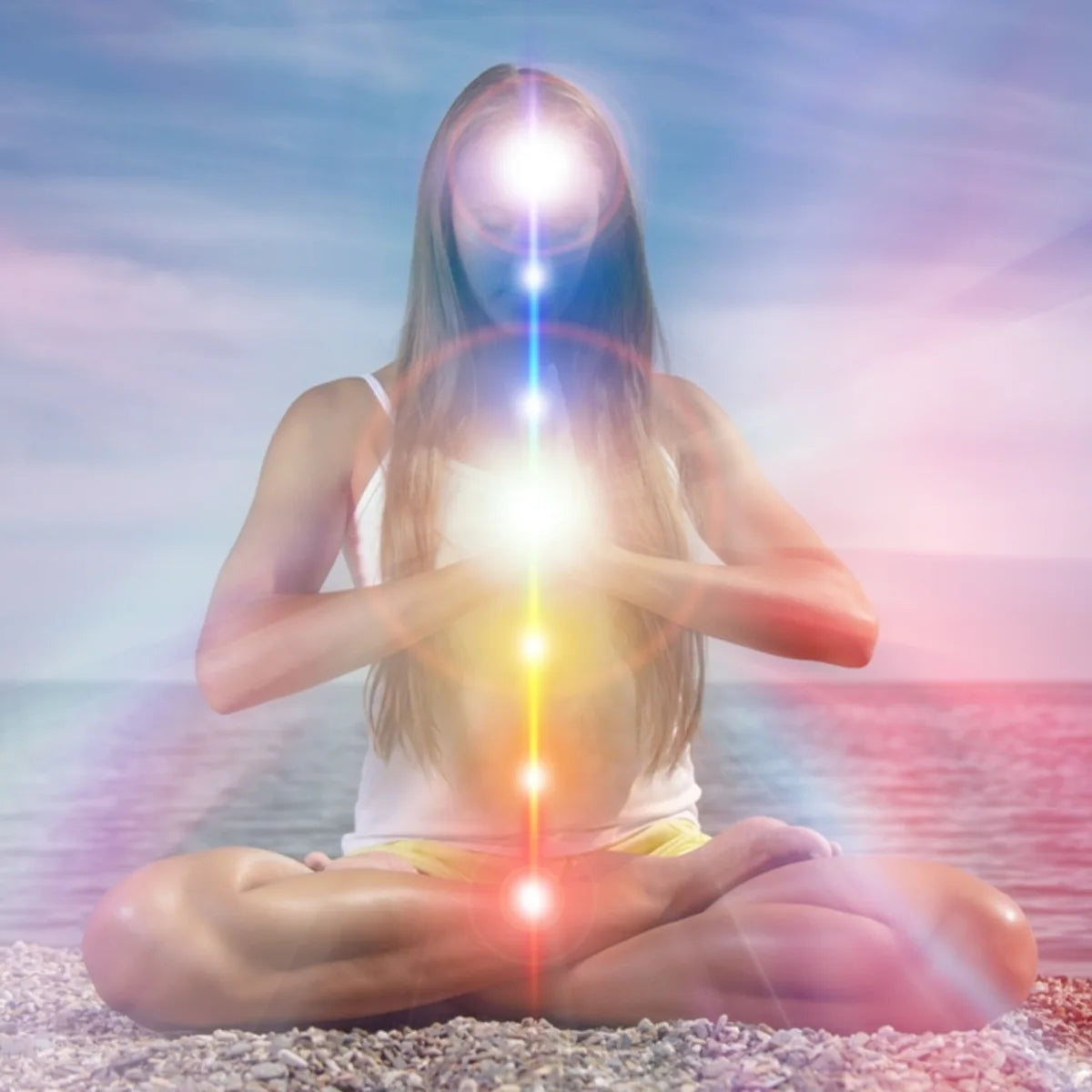
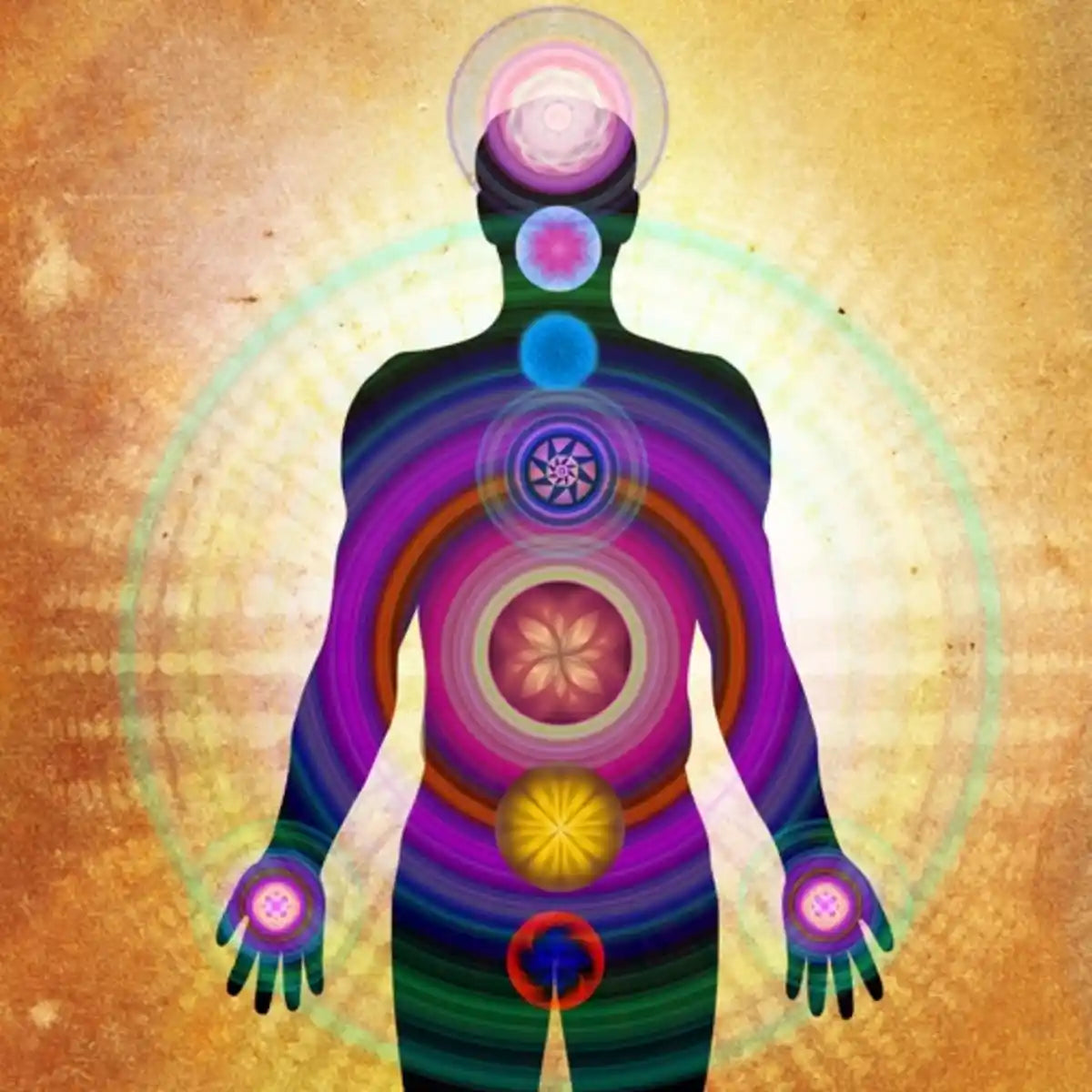
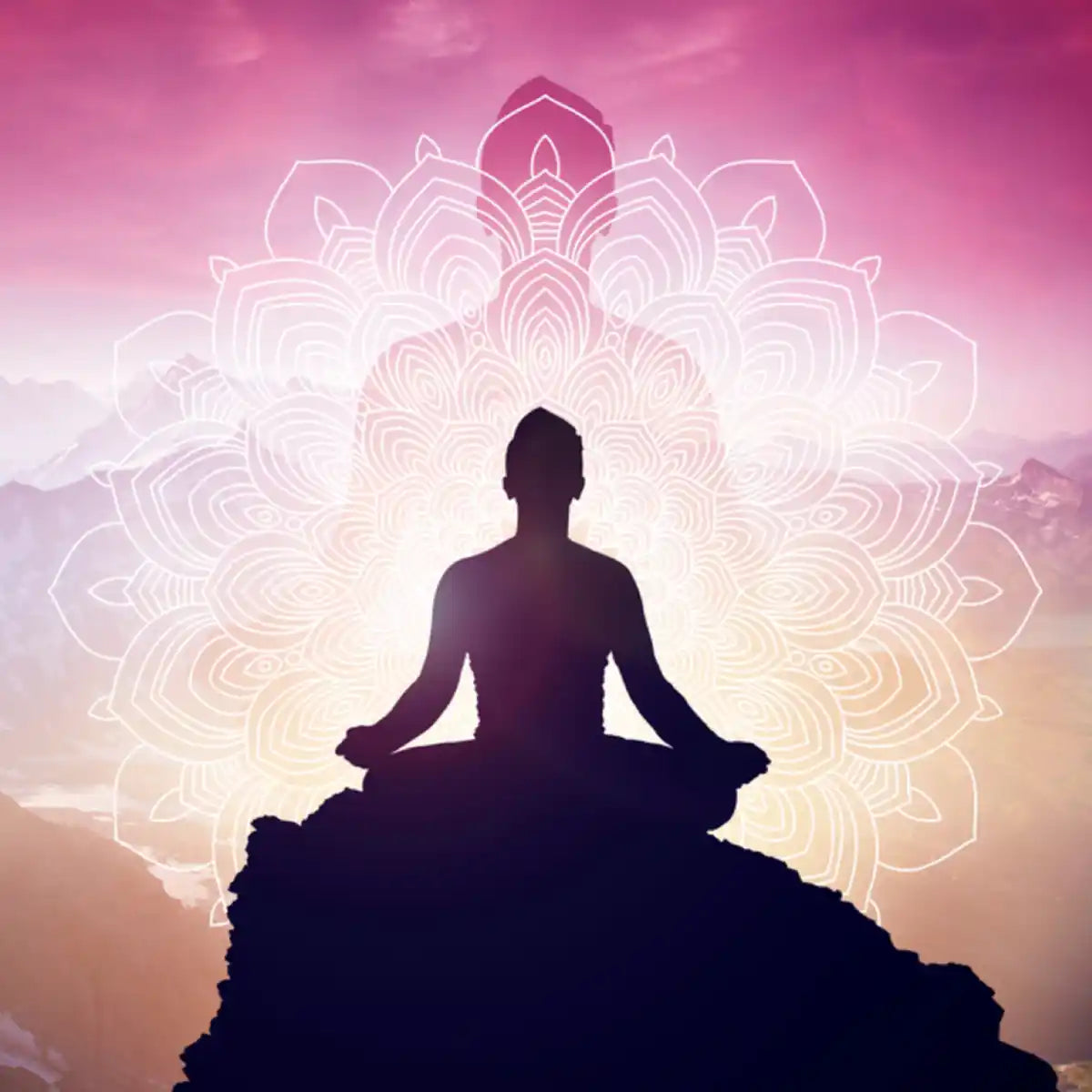
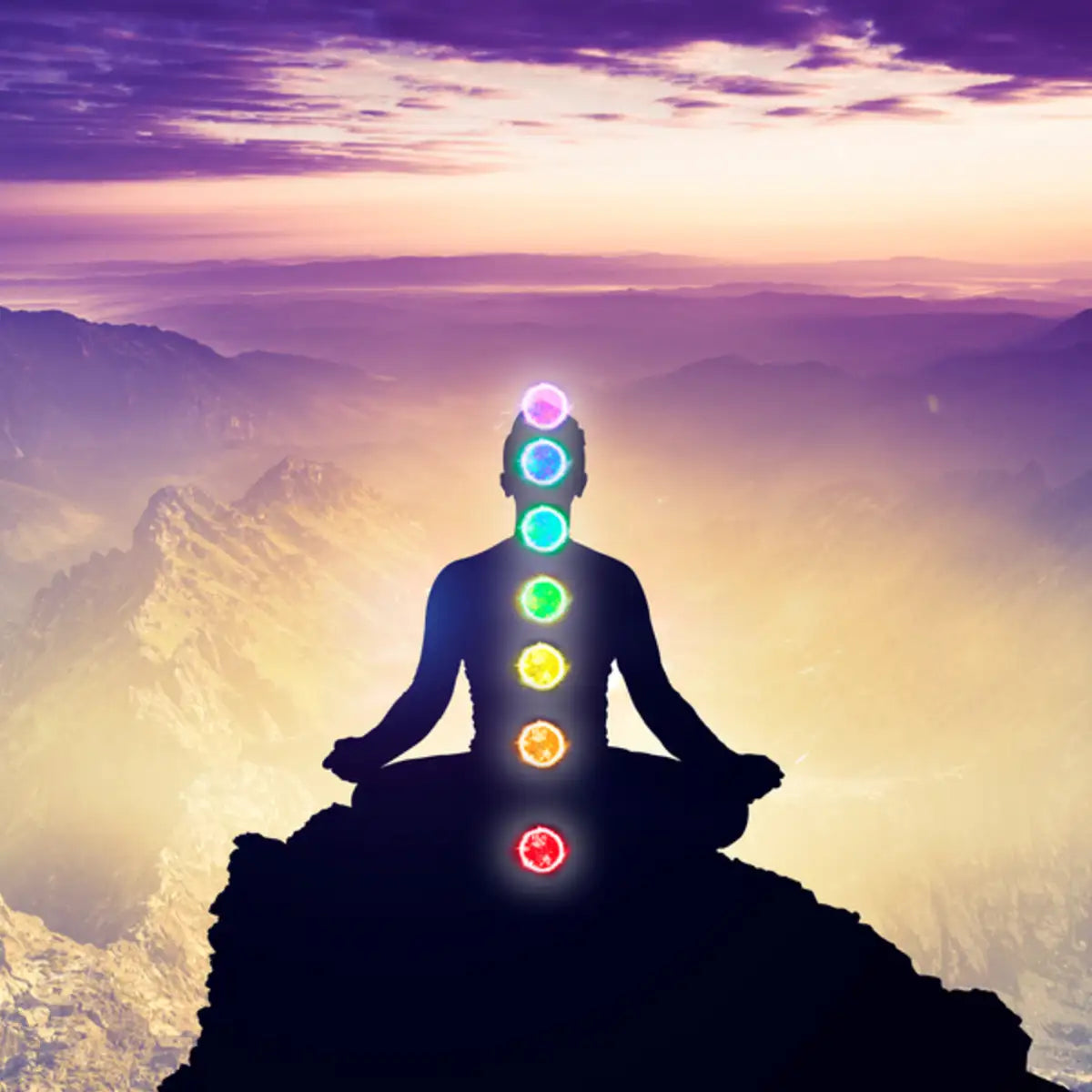
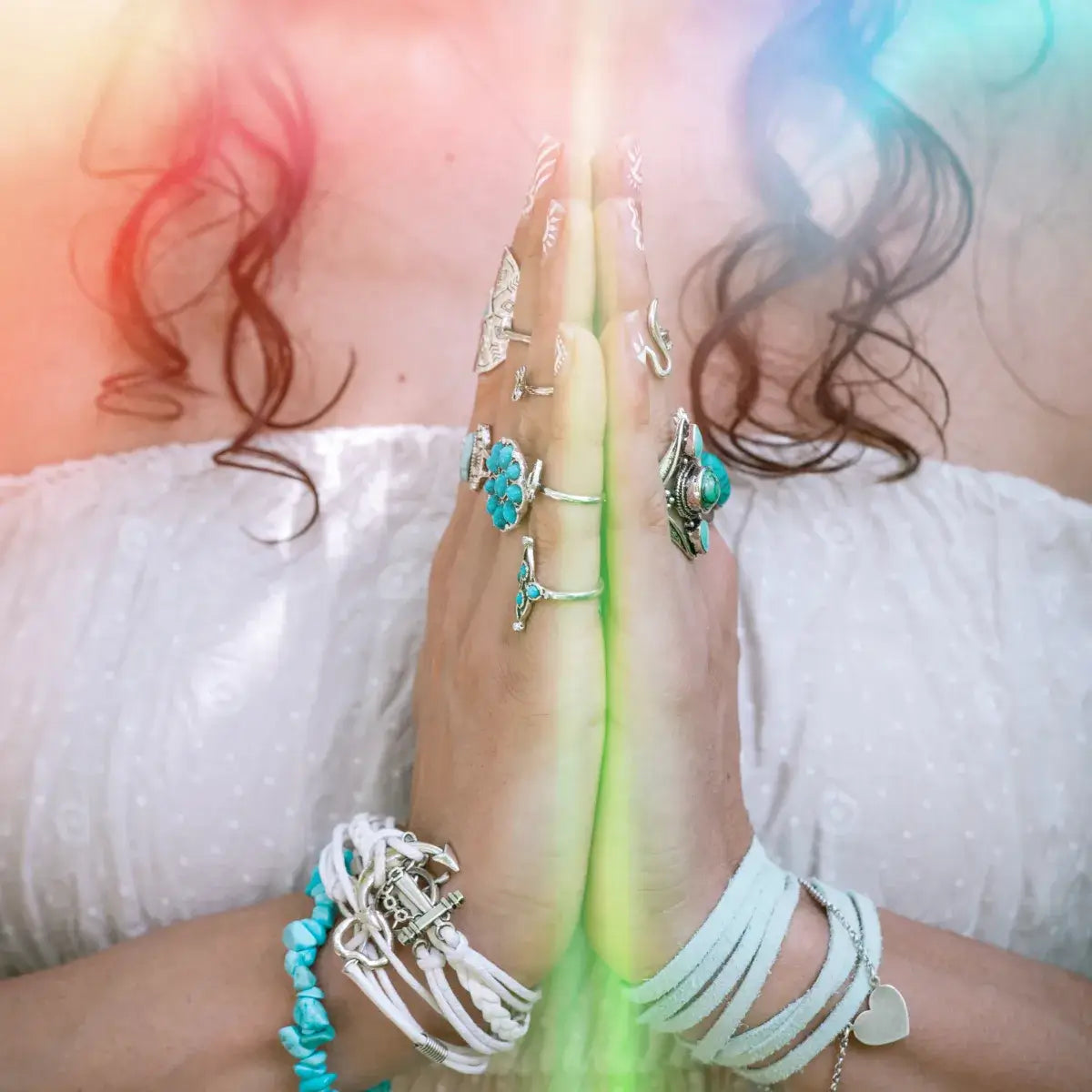
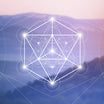






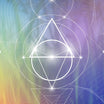
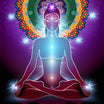





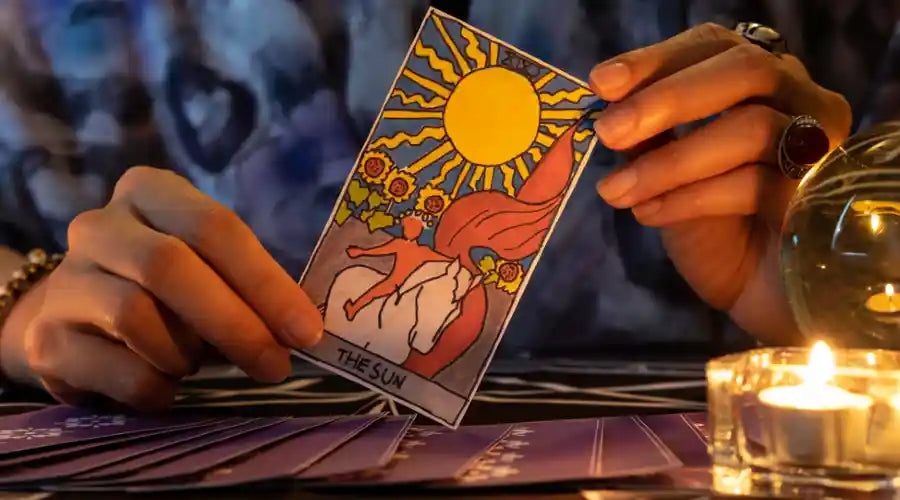
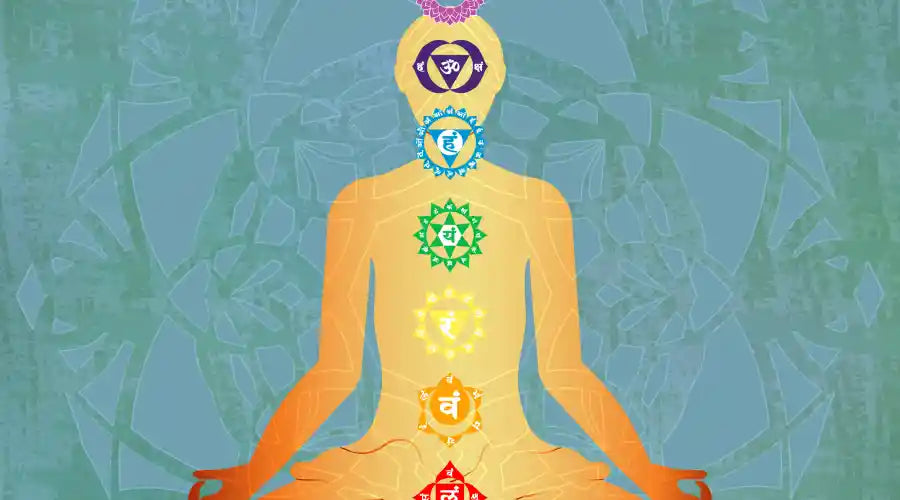

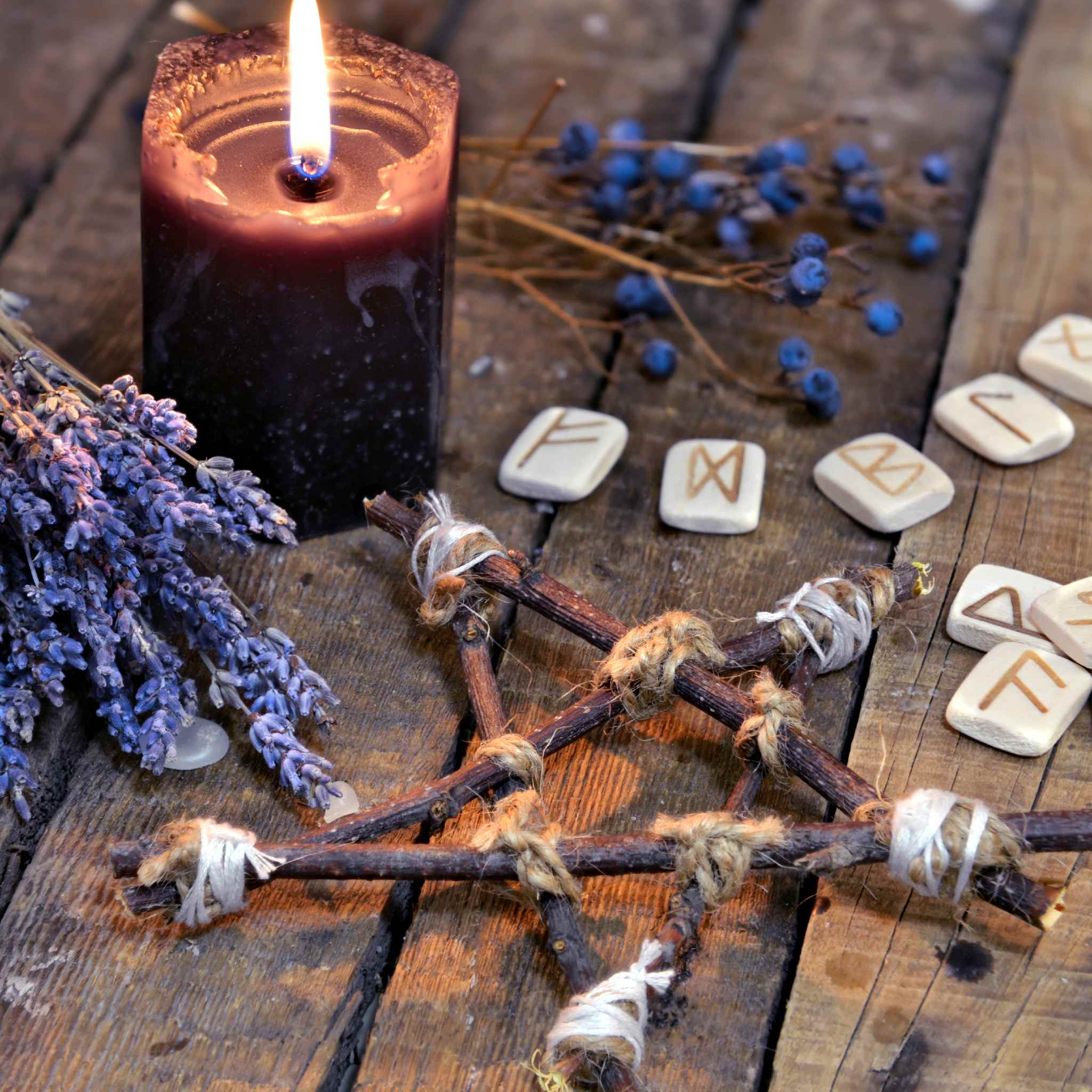

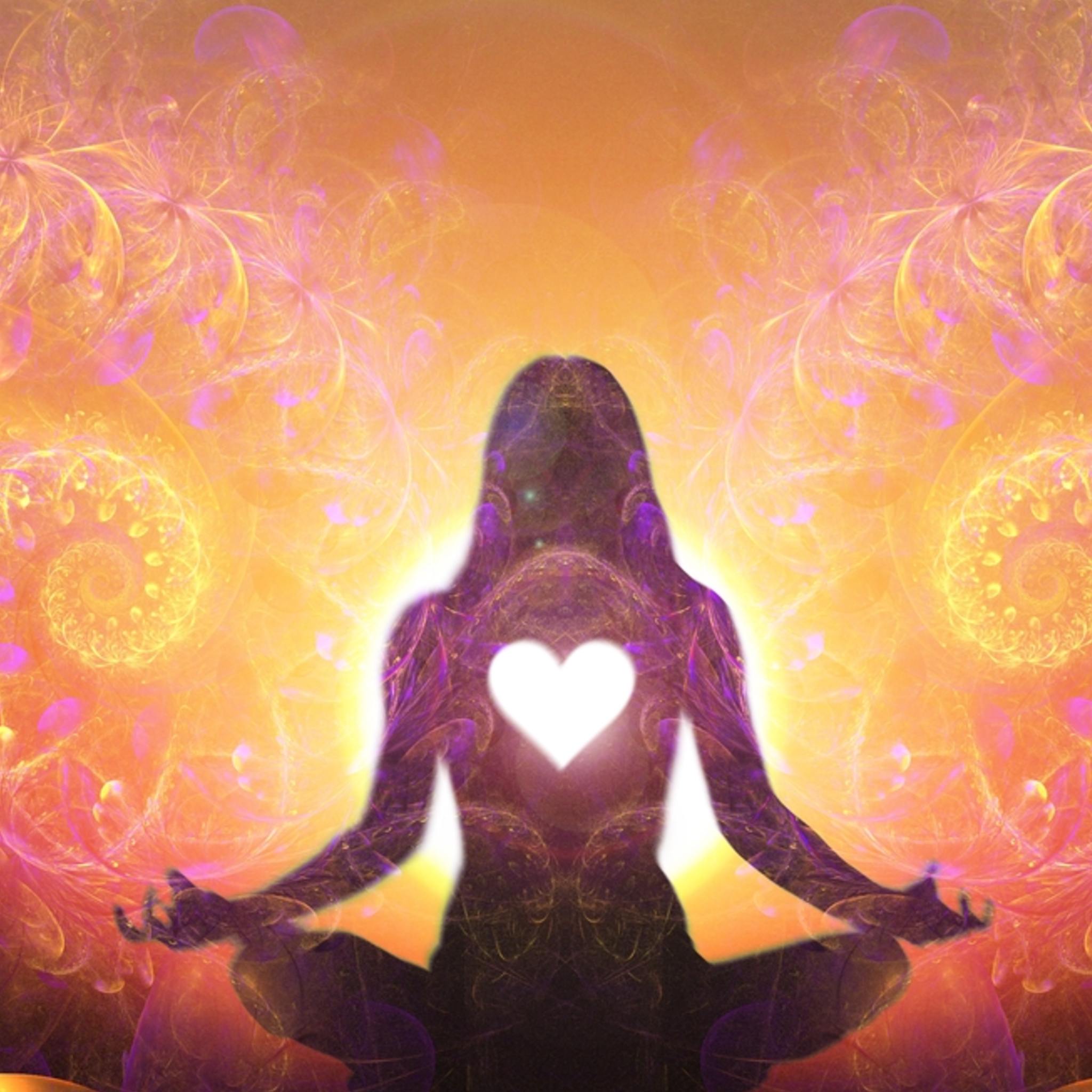

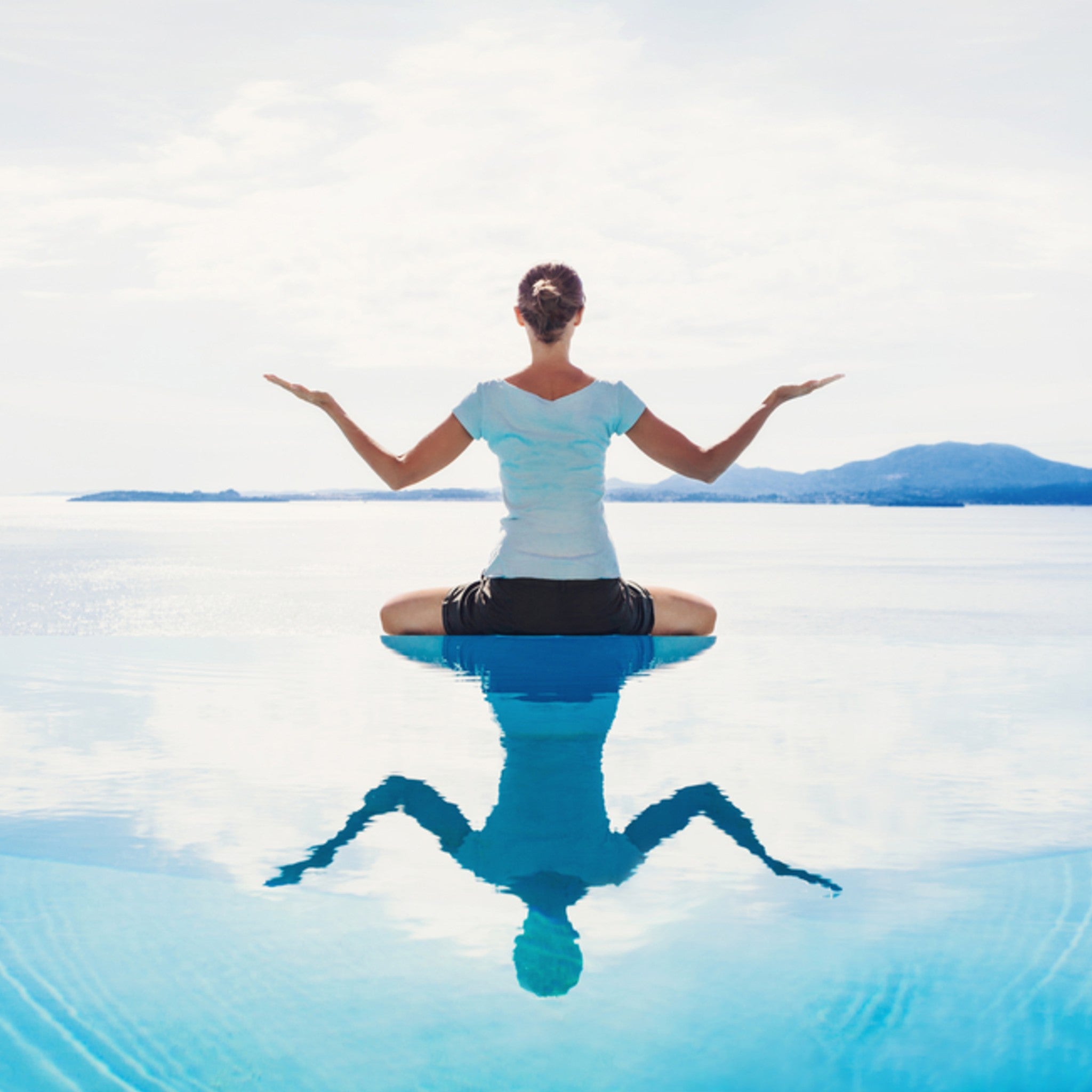

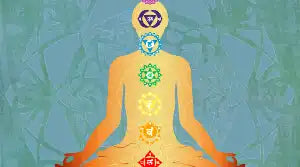
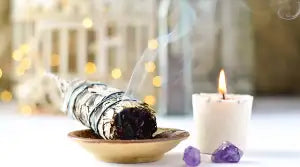
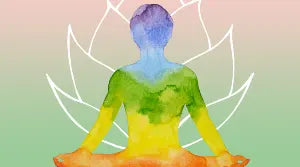

Leave a comment
We love hearing from you! Your thoughts and experiences enrich our community. Please remember that all comments are moderated to ensure a safe, respectful, and meaningful conversation for everyone. By posting a comment, you agree to our Privacy Policy and Disclaimer and Terms.
This site is protected by hCaptcha and the hCaptcha Privacy Policy and Terms of Service apply.